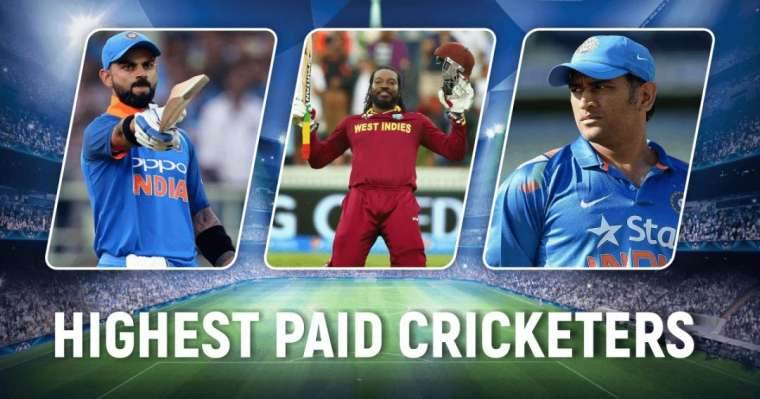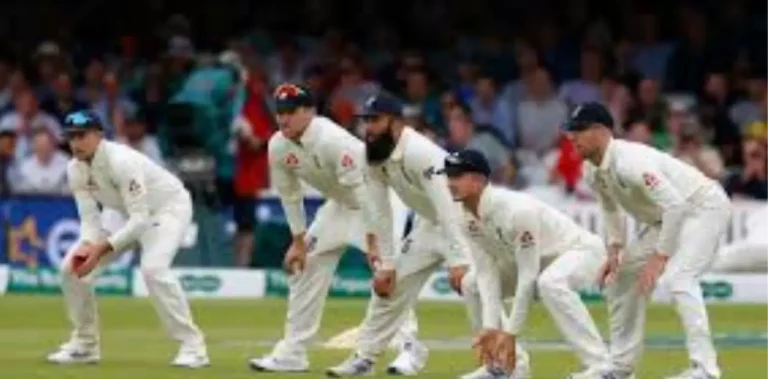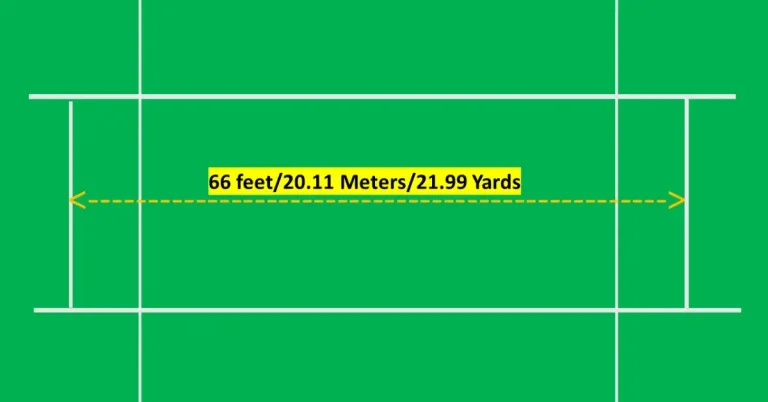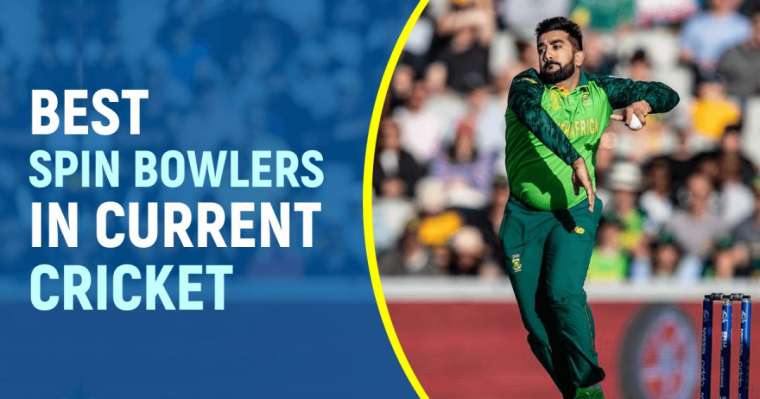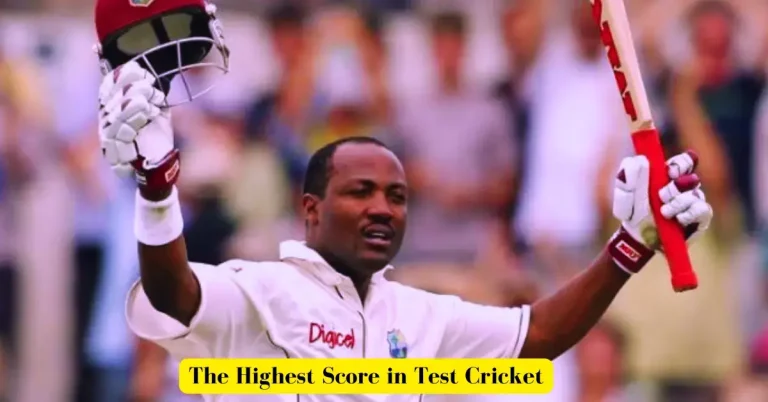Fielding Restrictions In ODI Cricket: Power Play Rules In ODI
Fielding Restrictions In ODI Cricket, In One Day International cricket, we’ve got Powerplay 1 (0-10 overs), Powerplay 2 (11-40 overs), and the final 10 overs (41-50) they’re the heart-pounding phases you can’t miss.
But hold on, it gets wilder in the T20 format, the ‘Powerplay’ in the first six overs allows just two fielders beyond the 30-yard circle, setting the stage for a boundary bonanza.
Now, switch to Test cricket, no fielding restrictions, just pure strategy. It’s the ultimate test of patience and skill. Cricket, in all its glory, offers something for every fan.
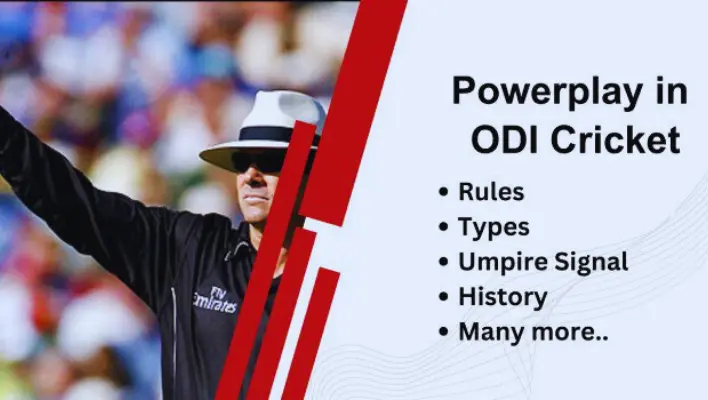
Fielding Restrictions In ODI Cricket
In the dynamic realm of One Day International (ODI) cricket, strategic fielding plays a pivotal role. The first powerplay in ODI, occurring in the initial 10 overs, allows only two fielders outside the 30-yard circle, intensifying the battle between bat and ball.
Transitioning to the 2nd powerplay in ODI, between the 11th and 40th overs, teams can have four fielders beyond the circle, offering a delicate balance between aggression and containment.
Moreover, The 3rd powerplay in ODI, restricted to the final 10 overs, liberates fielding restrictions, empowering batsmen to unleash their full potential.
While power play rules in T20 and test cricket differ, the bowling powerplay in ODI remains a strategic weapon for captains.
In the end, Leg side fielding restrictions further challenge bowlers, fostering an environment of innovation and adaptability in the ever-evolving landscape of limited-overs cricket.
See Also Types Of Bowling in Cricket
Power Play Rules in ODI Cricket
Delving into One Day International (ODI) cricket, power play rules shape the strategic landscape with fielding restrictions in distinct phases, intensifying the dynamics of the game. From the initial 10 overs to the final segment, these rules influence team tactics and player performances.
First powerplay in ODI – Powerplay 1 (0-10 overs)
In the first 10 overs of an ODI cricket match, things start with a bang in what we call Powerplay 1. During this phase, just two fielders can hang out beyond a 30-yard circle, keeping their distance from the batsmen.
Imagine it as the kickoff of a grand show! Batsmen love this phase because it’s like a carnival of boundaries. They can hit the ball without too many fielders around, making it a perfect time for exciting, aggressive cricket.
However, It’s here that the excitement ignites, much like the opening chapter of an exhilarating story. Fans can expect lots of big hits and thrilling moments during this period.

2nd powerplay in ODI – Powerplay 2 (11- 40 overs)
In the middle part of an ODI cricket match, during Powerplay 2, it’s like a game of strategy and tactics.
Here, up to four fielders can stand far from the batsmen outside a 30-yard circle, forming a defensive barrier. This is the phase where patience is key for batsmen. They have to be careful in their shots.
On the other side, the bowling and fielding team aims to create pressure and take wickets. It’s a delicate balance of attack and defense, making everything exciting.
3rd powerplay in ODI – Powerplay 3 (41- 50 overs)
In the last 10 overs of an ODI cricket match, a whirlwind of excitement unfolds. With five fielders positioned outside the 30-yard circle, it’s an all-or-nothing showdown.
So, This is where the batting team goes all-in, aiming for a dramatic last-over climax, much like the grand finale of a blockbuster movie.
The Final 10 Overs deliver nail-biting moments, making them the stage for match-winning heroics and unforgettable cricketing memories.

Power Play Rules in T20 Cricket
In T20 cricket, the first six overs are a real showstopper. It’s like an explosive display of aggression and non-stop boundaries.
Imagine that only two fielders can hang out far from the batsmen, and it’s an open invitation for the batters to smash the ball.
This makes T20 matches a thrilling spectacle, with fans witnessing a breathtaking show of powerful batting fireworks.
Power Play Rules in Test Cricket
In the intriguing realm of Test cricket, Power Plays have a unique twist.
Here, captains get to call the shots on when to use them whether to pile on more runs or go for those game-changing wickets.
It’s a departure from the set time limits in ODIs and T20s, giving Test cricket an air of limitless possibilities, like a thrilling puzzle waiting to be solved.
Bowling Powerplay in ODI Cricket
In ODI cricket, the Bowling Powerplay (1-10 overs) is like a finely crafted plan of attack. With fewer fielders allowed in key positions.
Moreover, it’s the bowler’s job to crack the opponent’s defense right at the beginning.
It’s like a high-stakes mission to dismantle the opposition’s fortress in those crucial early overs, setting the stage for a thrilling battle.

Leg Side Fielding Restrictions in Cricket
ODI Format
In the speedy ODI format, leg-side fielding rules control where fielders can stand within a 30-yard circle. It’s a puzzle to place them strategically to limit the batsmen’s choices and take wickets.
T20 Format
In T20 cricket, leg-side fielding gets even more intense. With lots of big hits and brave batting, the rules about where fielders can stand become super important. It’s like a challenge that bowlers and captains need to conquer to win the game.
Test Format
In Test cricket, which is all about patience and stamina, they don’t use leg-side fielding rules very often. Instead, they concentrate on long-term strategies rather than temporary rules.
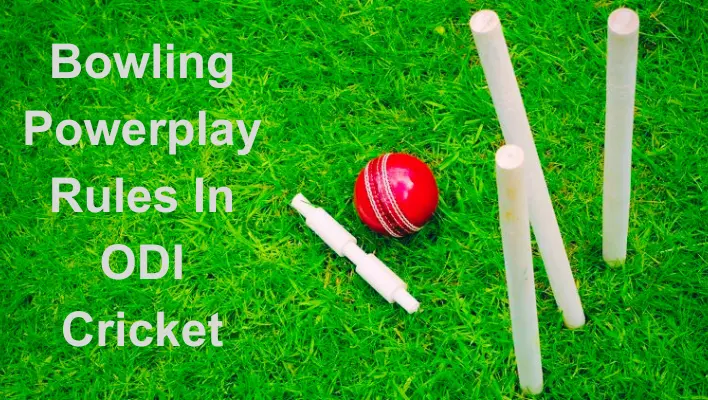
FAQs
How many power plays are in Odi / t20 / test?
In ODIs, there are two special periods: one for when the team is batting, and one for when they are fielding. In T20 cricket, there is one Powerplay for batting. Test cricket does not have specific Powerplay segments.
How many fielders are allowed in the ODI?
In ODIs, when it’s not during the special Powerplay times, up to four fielders can be positioned beyond the 30-yard circle.
How many fielders are allowed outside the circle in ODI?
In ODIs, a maximum of four fielders are allowed outside the 30-yard circle during non-Powerplay overs.
How many fielders are allowed in cricket?
In shorter games like ODIs and T20s, you can have up to four fielders hanging out beyond the 30-yard circle when it’s not a Powerplay. But in Test cricket, there are no strict rules about how many fielders you can place outside the circle.
What are 3 Powerplays in ODI?
In ODI cricket, “PP2” stands for Powerplay 2, which typically encompasses overs 11 to 40, allowing a maximum of four fielders outside the 30-yard circle.
Final Thoughts
In essence, fielding restrictions in ODI cricket profoundly influence the game’s dynamics. From the initial 10 overs to the balanced 11th-40th overs and the liberated final 10 overs, these regulations create a dynamic spectacle.
ODI’s unique power play rules, distinct from T20 and tests, demand adaptability. Captains strategically wield the bowling powerplay, while leg side restrictions foster innovation in the evolving landscape of limited-overs cricket.


